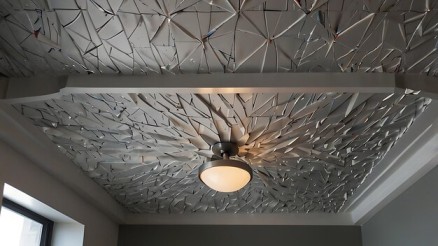Ceilings are frequently recognized as the primary focus of the interior and perform the role of the space mônage with regard to style and design. You will find cement ceiling designs in the traditional style as well as contemporary styles to match the sleek look of today’s contemporary homes. To get more information on types, colors, benefits and drawbacks, find out the best ceiling design cement solution for your home.
What is a Ceiling?
Ceilings are the upper surfaces of the undersides of floor or Roof and are commonly utilized to beautify the appearance of the room. Some of the main materials used are cement finish which lasts long and false ceiling which gives a design appeal. Cement ceilings consist of cement, water, aggregates and optional additives that enhance strength of cement. For those thinking of decorative options, our guide on types of false ceiling materials will be very helpful.
Types of Cement Ceilings
This kind of cement ceiling has its appearance and utility in structures depending on the category applied. Here’s a quick look at popular options in ceiling design cement:
Exposed Cement Ceiling
An open exposed cement ceiling makes the home look like a modern or loft apartment or even a commercial building. This ceiling shows natural gray in cement to give a natural, exposed look to the building.
Textured Cement Ceiling
Textured designs provide a change in style. Besides, the sleek and polished cement ceilings range from a glossy polished finish to trowel work, and this basic cement ceiling design enables homeowners to create patterns or impressions they prefer.
Polished Cement Ceiling
Polished cement in conclusion gives a smooth, sophisticated ceiling with an intensified natural light. These ceilings are characterized by sharp lines making it suitable for modern sophisticated homes .
Cement Board Ceiling
These modern and stylish cement board ceilings comprise thin cement panels with natural fiber reinforcement, and can be used in heavily damped areas. This cement ceiling design is preferred in the kitchen and the bathroom mainly because the material can easily withstand humidity.
For more tips on how to incorporate lighting in cement false ceiling, you can read our other blog post on Latest ceiling lights trends.
Color Combinations for Cement Ceiling Design
Colors bring another character into your cement ceiling. Here are some trending combinations:
- Black and White: Traditional and good for formal or modern interiors.
- Shades of Grey: A stylish decision perfect for current house styles.
- White and Beige: Inoffensive, light, and perfect for the creation of the illusion of space.
- Dark Grey and Metallic Gold: In terms of erfahrung design, it was easy to create a daring, sensual combination of red, midnight blue, and a material as luxurious as calfskin.
- Earthy Green and Wood Tones: As fresh and calm as nature and perfect for earth-tone homes.
- Light Blue and Silver: Very soothing for the eye, suitable for bedroom Ceiling Design and bathroom designs.
Advantages and Disadvantages of Cement Ceilings
Advantages
- It is very hardy, weathering status and incredibility to fluctuations of weather extremities.
- Fire and moisture resistance is one of the best, since it is made of animal materials, and not paper.
- Easy to manage and does not support the growth of mold.
- Decreases the noise problem and creates good acoustics.
- Eco Friendly; can be reused.
Limitations
Very dense and may require extra reinforcement members to support its weight hence making it expensive.
Slightly reduced design freedom when compared to synthetic materials.
May raise room temperature because it holds heat in for quite some time.
This type of cleaning is more expensive than the others because of installation which can include structural changes.
This is important because a cement ceiling design should meet both the structural and aesthetic goals of a project. Checking with knowledgeable civil engineers or construction companies such as Walls and Dreams in Chennai will guarantee appropriate cement ceiling designs to fit your project.








